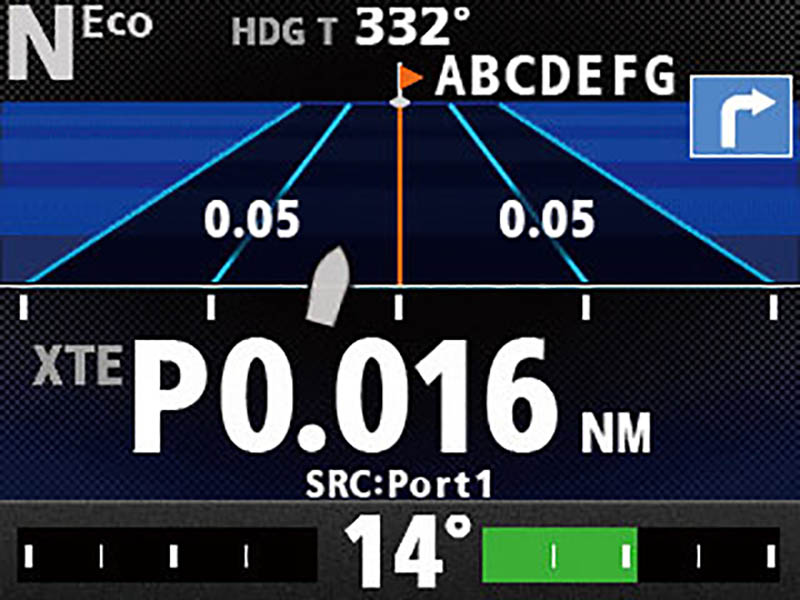Two cautionary documents this week from the U.S. Coast Guard and the National Transportation Safety Board warn about that trusted friend in the wheelhouse — the autopilot.
The autopilot is indeed a great companion, dubbed Metal Mike or Iron Mike after the first naval gyrocompass systems pioneered by Sperry in the early 20th century. Standing a usually tedious watch, the device in all its iterations over the years – from squeaky gears and motors to smooth, modern digital silence – has freed up mariners and increased productivity.
Except when tedium turns to emergency. A marine safety alert issued by the Coast Guard on Tuesday warns against overreliance on autopilot systems, specifically in the Gulf of Mexico where vessels on automatic helm control have been running into things.
“In the recent past there have been numerous instances in the Gulf of Mexico where a crewboat or supply vessel and other commercial craft allided with oil rigs or structures or collided with other vessels, causing significant injuries, property damage, platform fires, and oil or gas well shut-ins,” the alert notes. “In the ‘Oil Patch’ it is standard practice to engage autopilot systems while transiting to and from job sites both in open and in restricted waters (e.g., platform fields), often regardless of visibility.”
The NTSB this week published its 2015 digest of marine accident investigations, and it features two of those cases.
There was the 100.5’x26’x4’ OSV Tristan Janice, and its Feb. 18, 2014 allision with a Gulf of Mexico natural gas production platform. Navigating in poor visibility that morning, the captain spotted the platform about 200 yards ahead, but had trouble disengaging the autopilot – and did not know the crew had tied down a faulty throttle on the starboard engine to maintain cruising speed. They allided with the platform at more than 9 knots, but made it home.
Also in the summary is the Aug. 24, 2014 collision of the 130’x36’x9’ OSV Gloria May and 74’x22’x8’ fishing vessel Capt Le around 10:40 p.m. in the Gulf. Again, the OSV’s autopilot was on in the helm — the captain was preoccupied with paperwork and thought that the fishing boat was headed away from him.
Likewise, the fishermen were preoccupied with fishing. The first warning came when the OSV captain looked up to see the fishing boat’s spreader lights shining into the windows of his bridge.
Too late. T-boned on the port side at 11.5 knots, the Capt Le flooded and sank, and her crew was picked up safely by the Gloria May.
“It should come as no surprise that when an inattentive operator meets with extreme circumstances, he or she usually has no time to take corrective actions,” the Coast Guard alert notes. “Also, in some past incidents, when there was time to take corrective action, the operator’s lack of system knowledge hindered the need to rapidly change over from autopilot to manual steerage mode.”





